Bumper-to bumper, horn-honking traffic through Manhattan streets is about as New York as bagels and Broadway. A plan to ease that problem is tapping into another mainstay of city life: high driving tolls.
The idea, called “congestion pricing,” involves using electronic tolling technology to charge fees to vehicles entering the most heavily trafficked parts of town during certain hours.
Some big cities already do it, including Singapore, Stockholm and London, where it can cost more than $15 to drive into the city center during peak periods.
Former Mayor Michael Bloomberg proposed it for New York a decade ago and got a firm rejection from lawmakers who said drivers headed into Manhattan already get slammed enough by bridge and highway tolls and high parking fees.
But with the city’s subway system deteriorating, and politicians looking for ways to pay for a fix, the concept has gotten new life.
Gov. Andrew Cuomo, a Democrat who said last summer that “congestion pricing” is an idea whose time has come, could unveil a plan to implement a system as early as next week. A spokesman for the governor said a committee, called FixNY, is finalizing recommendations.
Alex Matthiessen, director of the MoveNY campaign — the most vocal advocate for congestion pricing — says New York would become the first city in the United States to charge drivers under such a system, but said others like San Francisco, Boston, Chicago and Los Angeles are paying close attention.
“We have a full-blown crisis,” Matthiessen said. “Our subway system is severely underfunded; it is quite unreliable, there are delays and overcrowding and the situation is potentially dangerous. No other idea has the twin benefit of also tackling a very severe traffic problem.”
There are still plenty of roadblocks.
Democratic New York City Mayor Bill de Blasio said he likes the idea of getting cars off the street but isn’t convinced high tolls is the way to do it.
“I think there are serious fairness issues when it comes to congestion pricing,” he said at a recent news conference, citing the financial burden on drivers who can’t afford tolls as easily as the many millionaires who call Manhattan home. De Blasio has said he prefers dealing with the subway’s financial problems by imposing higher income taxes on the rich.
Key details, like how much it might cost, or where, exactly, drivers might get hit with the tolls have yet to be unveiled. Bloomberg’s plan would have charged $8 to drive south of 60th Street, or roughly the southern end of Central Park.
Adam Glassman, a Lynbrook, Long Island-based attorney, spoke in midtown Manhattan before getting into his car to go home.
“It is impossible to get into the city,” said Glassman, who is familiar with Bloomberg’s proposed plan years ago. He commutes into Manhattan twice a week.
He’s in favor of possible tolls. “I’d be willing to suck it up.”
Although no specific congestion pricing plan has been formally announced, many agree that any system would be likely to create surcharges for ride-hailing services like Uber and Lyft. That’s OK with Uber, which is behind a public relations campaign backing congestion pricing.
“Users of Manhattan’s congested roads should bear part of the cost of helping to reduce congestion and improve our public transit system,” said Uber spokeswoman Alix Anfang. “Everyone should pay their fair share to keep New York City moving forward.”
Brooklyn state Assemblyman William Colton, a Democrat, said any proposals that would create tolls across bridges into Manhattan that are currently free, or a system that would ping drivers in areas like Times Square south through Greenwich Village and into the Wall Street business district, would be seen as an unfair tax by his constituents.
“This is going to have a negative effect on working people, small business people and seniors who have medical appointments in Manhattan,” Colton said. “This is going to be a big problem. I don’t know the details, but I’m very leery.”
Commuter Joe Murphy said he would be “absolutely opposed to it.”
He lives in Ridgewood, New Jersey, and already pays for the George Washington Bridge, where tolls range from $10.50 to $15 a car, plus a midtown Manhattan parking garage. His half-hour, pre-rush hour commute is the fastest and easiest option for him; using public transportation would triple his commuting time.
“Just to get to work, the cost of parking and tolls and everything is just astronomical,” he said.
(AP)

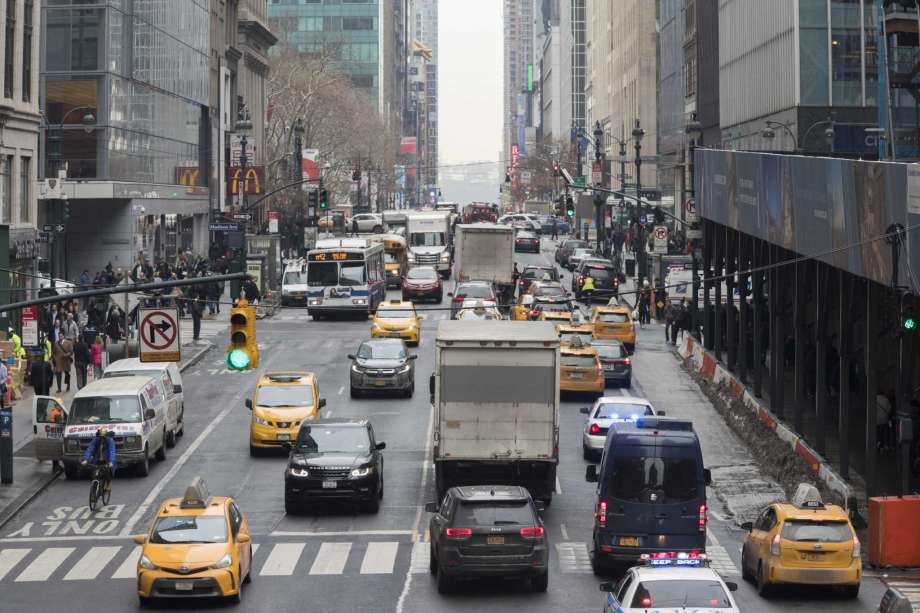
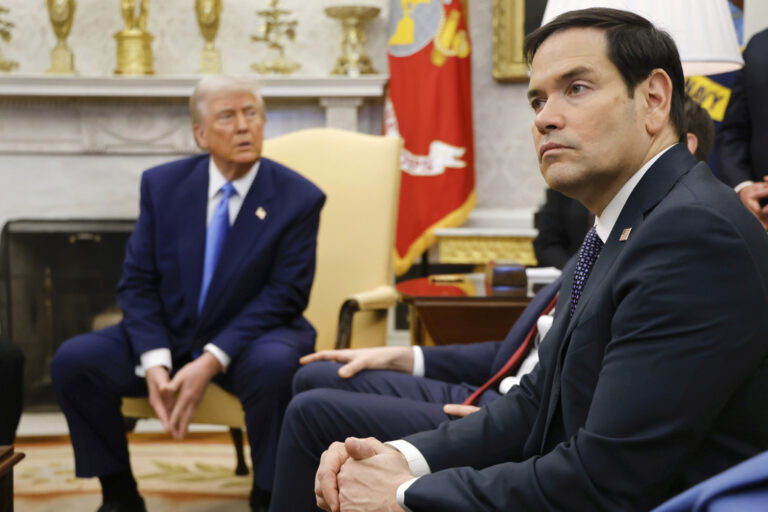

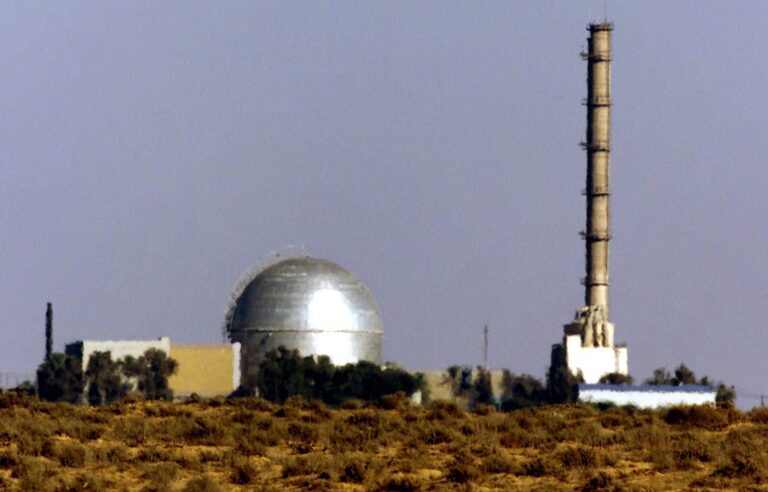

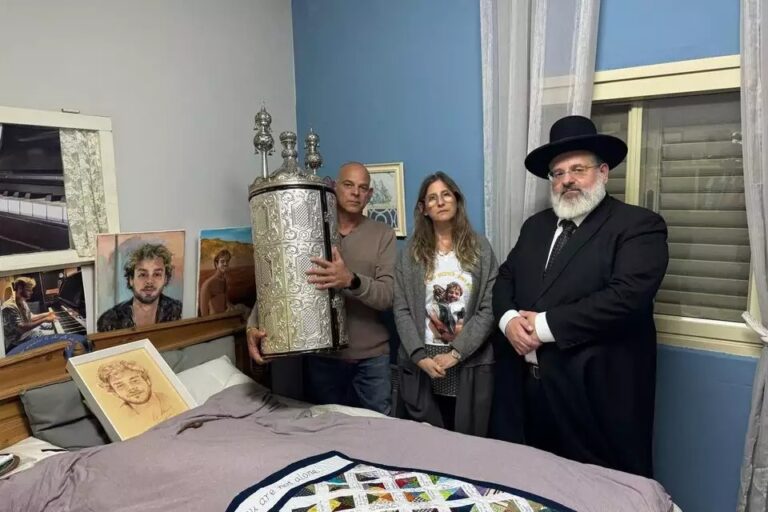
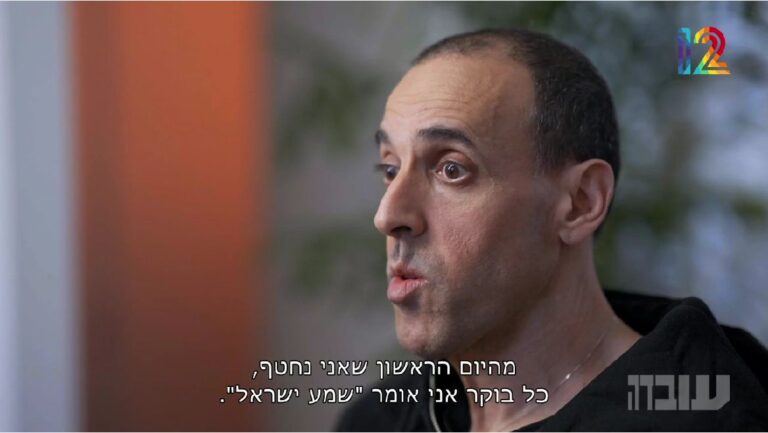


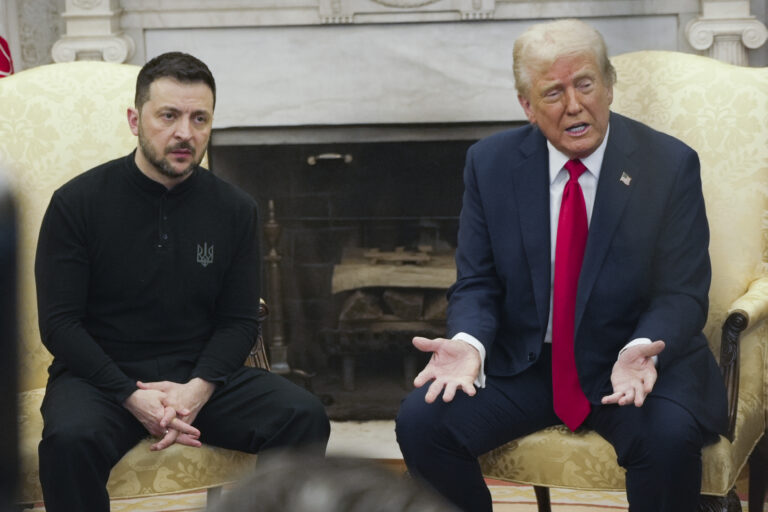
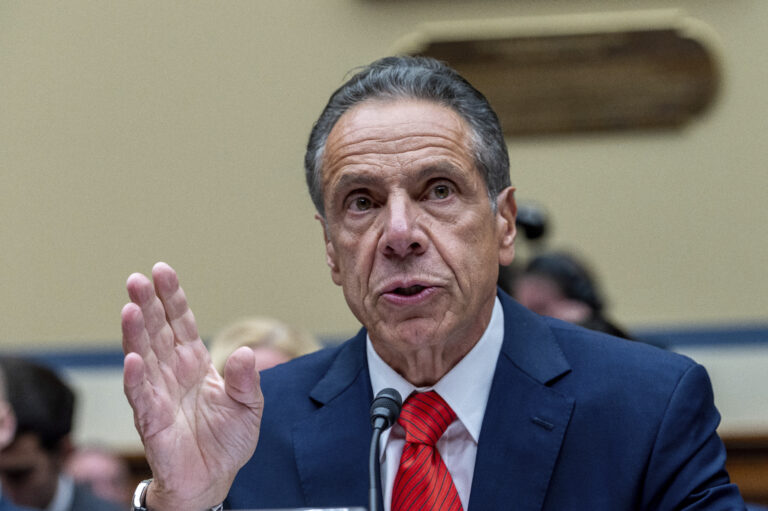
5 Responses
Wouldn’t it be helpful to provide a bypass for people going from Brooklyn to Monsey.
I would imagine that would alleviate a lot of traffic. ?
STOP TAXING US TO DEATH YOU CROOKS.
Right Yitzchoky….why don’t you just stay off the streets so you won’t contribute to the traffic congestion and pollution. Congestion pricing is the norm in many European cities and is being adopted in the PRC as well. It makes sense for those who insist on using cars rather than bikes or mass transit to pay for the privilege.
To baal moose: Why would anyone going from Brooklyn to Monsey go through Manhattan? Do you hate Queens, the Bronx and Westchester?
To huju: You might be right about Monsey But there are still plenty of people that come or go from Brooklyn that need to go through manhattan